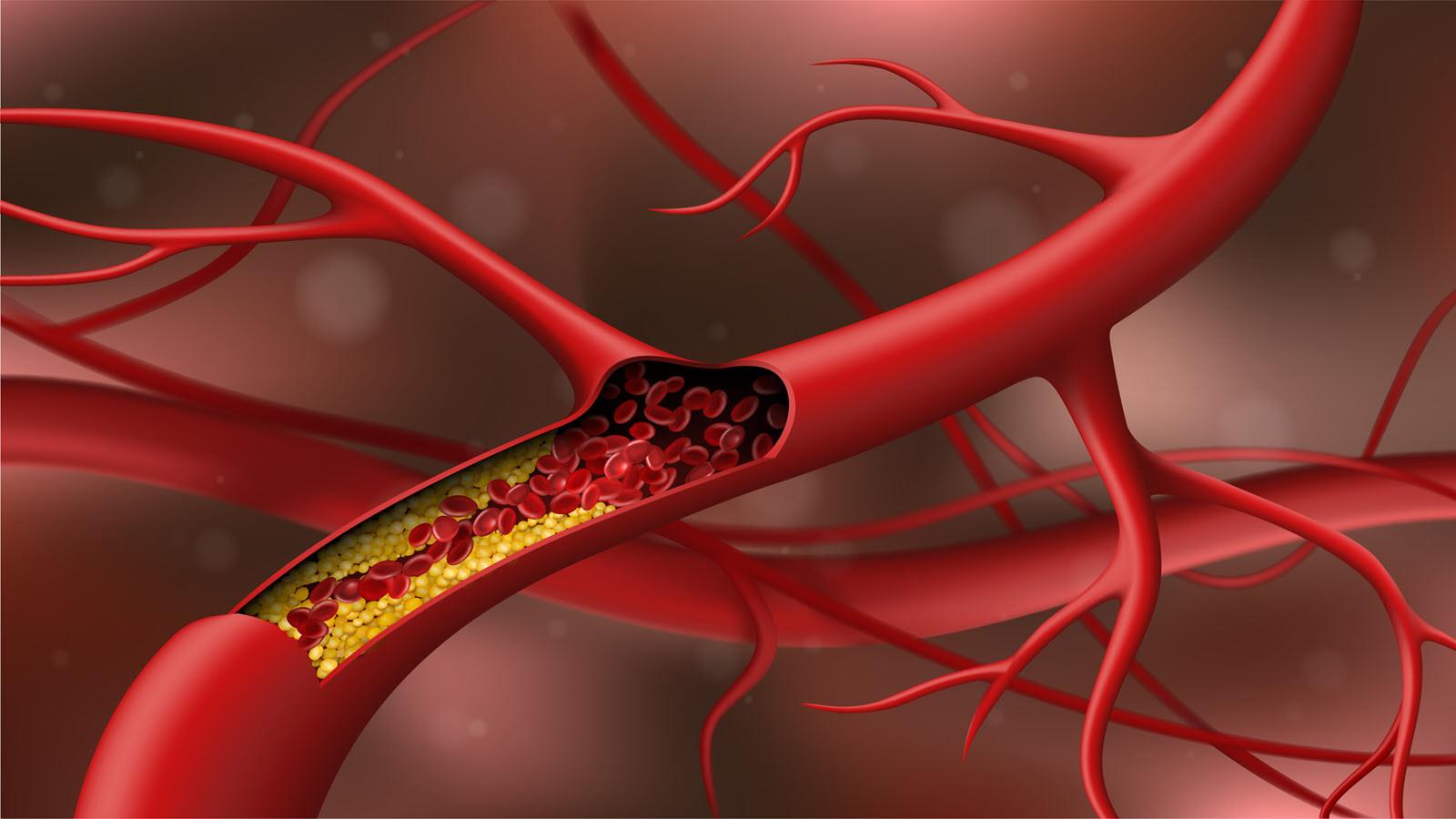Blood cholesterol is necessary to build cells, make vitamins and produce certain hormones, but too much of it in the wrong places can pose a significant health risk, leading to cardiovascular disease - the world’s leading cause of death.
According to Mayo Clinic, these healthy habits can prevent risky levels of cholesterol: eating heart healthy foods low in saturated fat and high in soluble fiber; taking part in 30 minutes of exercise five days a week; and maintaining a healthy weight. All of these are likely to raise HDL-cholesterol (high-density lipoprotein or “good” cholesterol) and cut LDL-cholesterol (low-density lipoprotein or “bad” cholesterol).
That message is a good one for people trying to make healthy choices. But for doctors and researchers who study cardiovascular risk factors, the story of HDL and LDL is more complicated. For one thing, HDL and LDL are particles composed of hundreds of different types of lipids and proteins, of which cholesterol is just one lipid species, said Bronwyn Kingwell, CSL Senior Director, Global Research Therapeutic Area Lead, Cardiovascular and Metabolic Research. HDL-cholesterol and LDL-cholesterol refer to the amount of cholesterol within these particles.
Low-density lipoprotein (LDL) particles are the main vehicles for transporting cholesterol to the tissues and cells that need it. LDL is considered “bad” because it’s responsible for cholesterol buildup called plaque that lines the walls of coronary arteries in heart tissue and blocks blood flow, often the main culprit of a heart attack.
High-density lipoprotein (HDL) particles are seen in a more positive light because they are responsible for removing excess cholesterol from plaque in artery walls.
Contrary to popular belief, there isn’t a simple cause and effect relationship between raising HDL cholesterol and reducing risk of heart disease said Anand Rohatgi, M.D. and cardiovascular director of academic development at UT Southwestern Medical Center in an article.
Rohatgi and other researchers, including Kingwell, say the secret to managing risk may lie in the ability of your HDL to promote cholesterol efflux from plaques.
“Cholesterol efflux is the process by which your HDL particles extract cholesterol from lipid-laden inflammatory cells in plaques via specific receptors,” Kingwell said. “It measures how efficiently and effectively HDL removes cholesterol from arterial plaques into the blood stream where it can be transported to the liver for eventual removal from the body.”
A recent publication in the Journal of Applied Laboratory Medicine, which pooled data from a number of different studies, indicates that cholesterol efflux is a better determinant of cardiovascular disease development than HDL-cholesterol levels. And through Rohatgi’s own research, he found that the better the cholesterol efflux function, the lower the likelihood of heart disease.
“In fact, those in the top 25th percentile of cholesterol efflux function had a 65 percent reduced risk of heart attacks, strokes, or dying from heart disease … It was the cholesterol efflux function and not the HDL-cholesterol levels that predicted heart disease risk,” Rohatgi wrote.
In its largest-ever clinical trial, global biotech CSL is investigating the potential of a cholesterol efflux-raising therapy that, if successful, could have transformational effects on the outlook for patients who have survived a heart attack. Learn more about the AEGIS-II trial.
To learn more about cholesterol and other heart health topics, find more at the American Heart Association.



